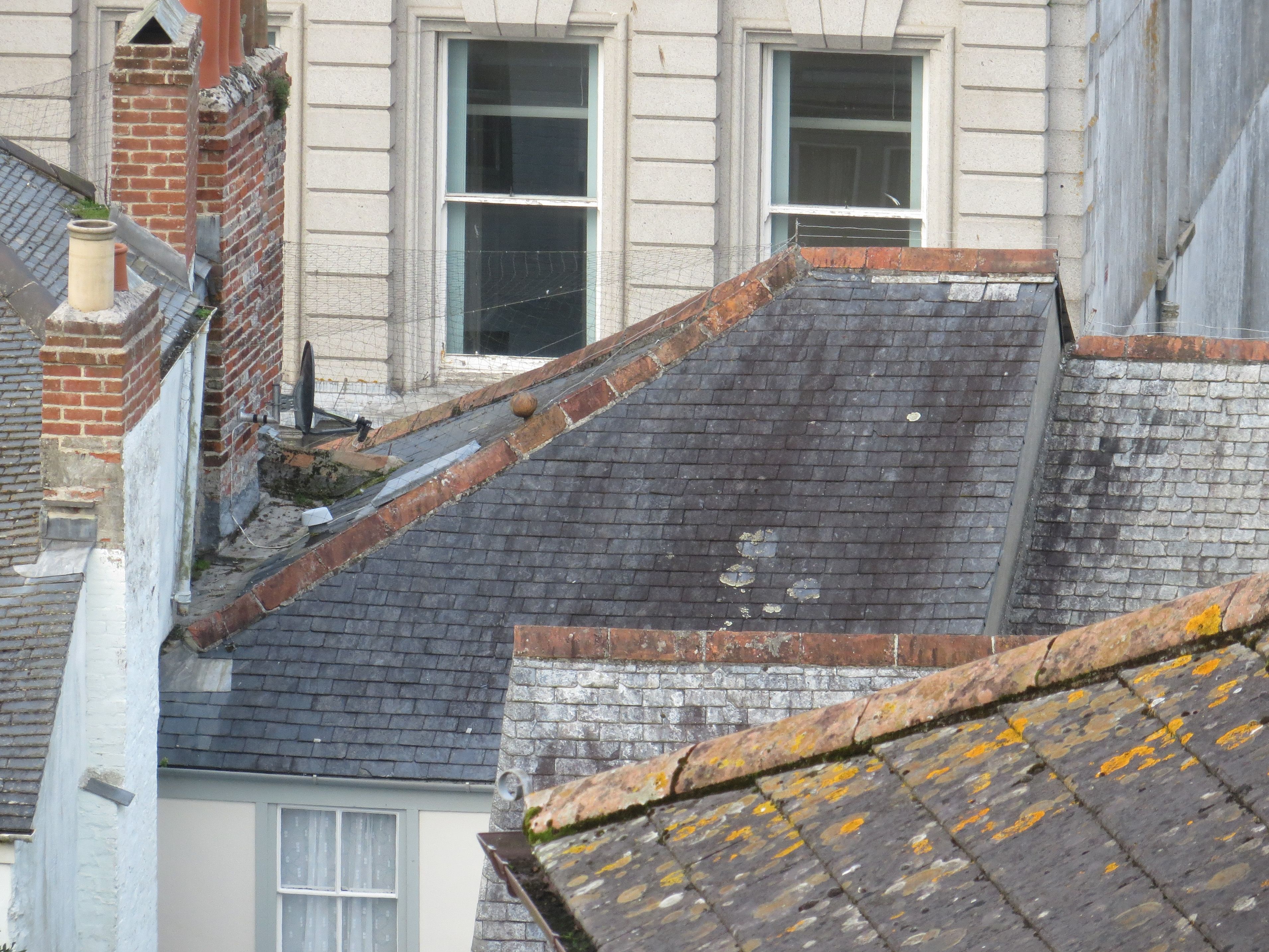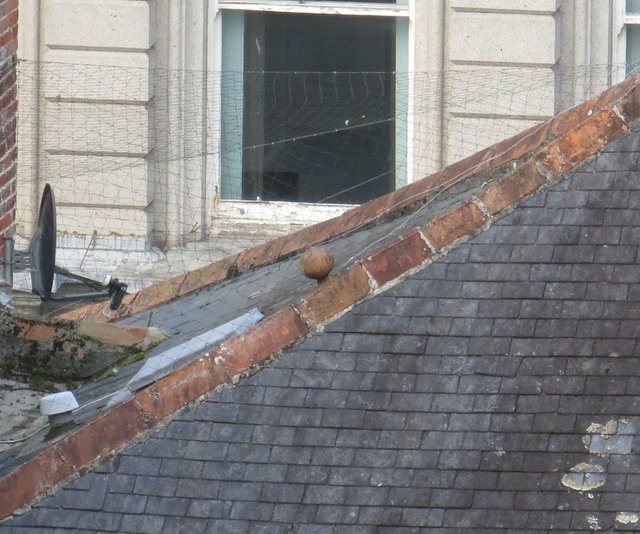Fairy balls

There is a convention that maintains that belief in fairies, elves, trolls, and other similar supernatural beings are a thing of the past. Evidence suggests that the folk have always seen their beliefs in the supernatural as fading and that earlier generations were consistently thought to have been more fervent in their fairy faith. Asserting that a belief in these entities was a bygone facet of English heritage features in Chaucer’s fourteenth-century introduction to ‘The Wife of Bath’s Tale’, which the character sets ‘In the olden days of King Arthur [when] … all this land was filled with faerie.’ To which the Wife of Bath adds, ‘This was the old belief.’
Fairy traditions were changed but not extinguished by modernism. A Cornish example from 2017 reinforces the idea that while folklore may change, it can linger longer than intuition might suggest. The Packet, a newspaper serving Falmouth and Penryn, Cornwall, reported on the one-hundredth birthday of Falmouth native Molly Tidmarsh, who implied that some of her good fortune in living so long may have been due to her birth under a ‘piskie ball’, a round lump of clay, fired together with one of the tiles used on the roof ridgeline of her family’s home and business. Tidmarsh suggested that these objects were created to distract piskies who sought to come down the chimney to cause mischief for the occupants of the house. Instead, the piskie ball would entrance them, and they would dance around it until dawn, at which point they would disappear. It is unclear – and largely unimportant – if Molly Tidmarsh believed good luck was hers thanks to her birth beneath this object; what matters here is that piskies figured into a newspaper article in 2017 without need to explain what these supernatural beings were. Molly Tidmarsh remembered the tradition and readers would understand it, a survival into the twenty-first century.
The fairy ball - or as they say in Cornwall, a Piskey ball - may be lost in the mix of rooflines, chimneys, and other elements of architecture, so here is a close up, a chance to see folklore in action, expressed with this simple but elegant motif:

The element cast in fired clay is a reminder that the folk never stop believing; they simply change what they believe and the stories they tell to suit the times.
I never knew about these!
Do you know if they are related to the glass ones now marketed as “witches’ balls” which are supposed to trap evil spirits?
Great question. I doubt it, but that is not based on any information. I attempted to find another example of piskey/fairy balls, but I couldn't find anything. The idea here is that the jovial piskies could not resist dancing around the ball, and they would consequently be distracted from going inside and creating some mischief. A witch ball is designed - from my understanding - to act as a net to capture evil intent that has been sent in the direction of the inhabitants of the house. It's a different idea, but perhaps I'm splitting hairs and there is no significant difference. Like I said, great question. I'll have to give this some thought and do a little digging. Thanks for giving me something to research!
No problem! I love seeing what you come up with. :)
Thanks. Very kind. Steemit offers an excellent opportunity to post little nuggets!
Just to make things clear here - some of this text was borrowed from a book that will be released in a few months - I don't want this blog to seem to be plagiarized. This is an excerpt from my book, "The Folklore of Cornwall: The Oral Tradition of a Celtic Nation" (Exeter: University of Exeter Press, anticipated in summer of 2018).